If you’re considering investing in commercial real estate in Canada, it’s essential to understand the two primary methods: direct and indirect investing. Each approach has its own benefits and risks, making it crucial to choose the one that aligns with your investment goals.
Direct Investment
Direct investment involves purchasing physical commercial properties, effectively making you a landlord. This option is best suited for individuals with substantial knowledge of the real estate market or those who can hire professionals to manage their investments.
Investing directly in commercial real estate is typically a high-risk, high-reward venture. It requires significant capital, often appealing to high-net-worth individuals. Successful direct investors often look for properties located in areas with high demand and low supply, which can lead to favorable rental rates. Additionally, the local economy’s strength can significantly impact the property’s value.
Indirect Investment
If direct ownership seems daunting, you might consider indirect investment options. This approach allows you to gain exposure to the commercial real estate market without the responsibilities of property management.
Indirect investing often involves purchasing securities like Real Estate Investment Trusts (REITs) or exchange-traded funds (ETFs) that focus on commercial property-related stocks. You can also invest in companies that support the commercial real estate sector, such as banks and realtors. This method offers a way to diversify your portfolio and reduce risk, as your investment is spread across multiple assets rather than relying on the performance of a single property.
In short:
Both direct and indirect investments in commercial real estate come with their own sets of advantages and challenges. Direct investing can offer high returns but requires a substantial commitment of time and capital. On the other hand, indirect investing provides a more accessible way to enter the market with potentially lower risks. Consider your financial situation, risk tolerance, and level of industry knowledge to determine which investment approach is right for you.


